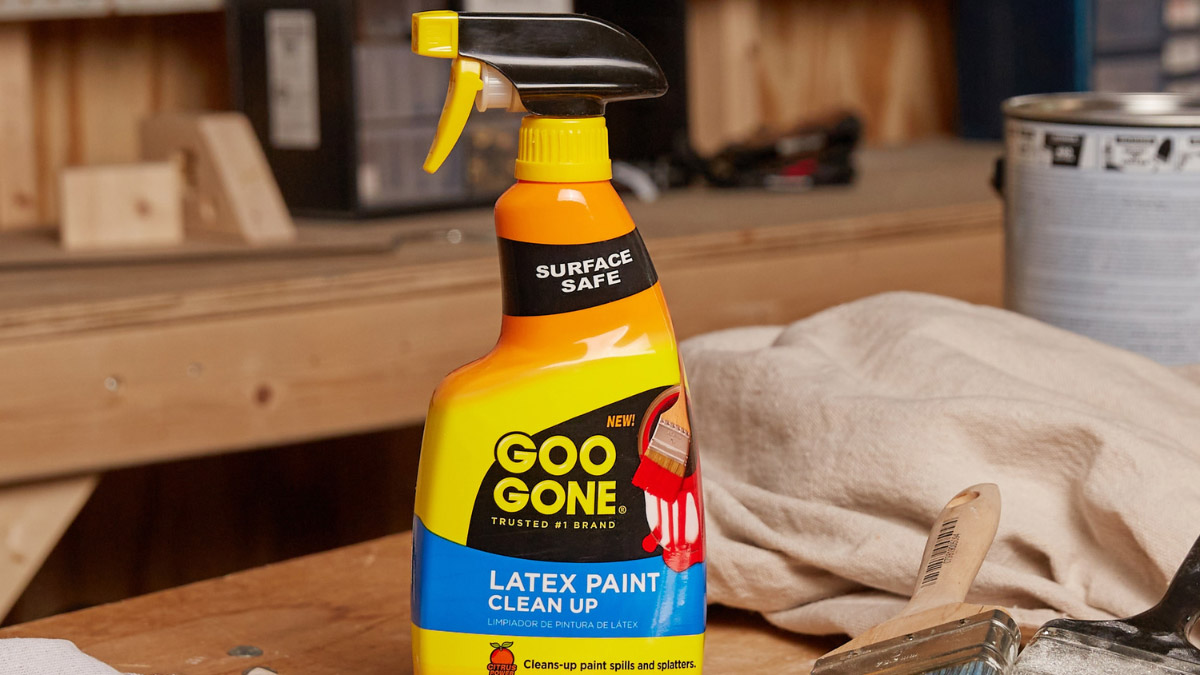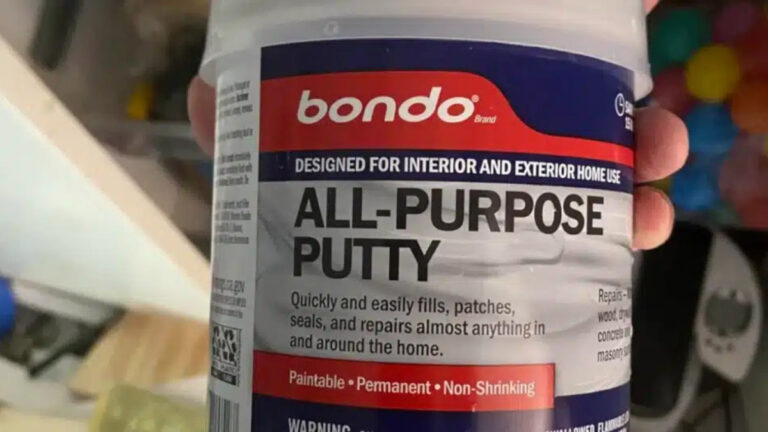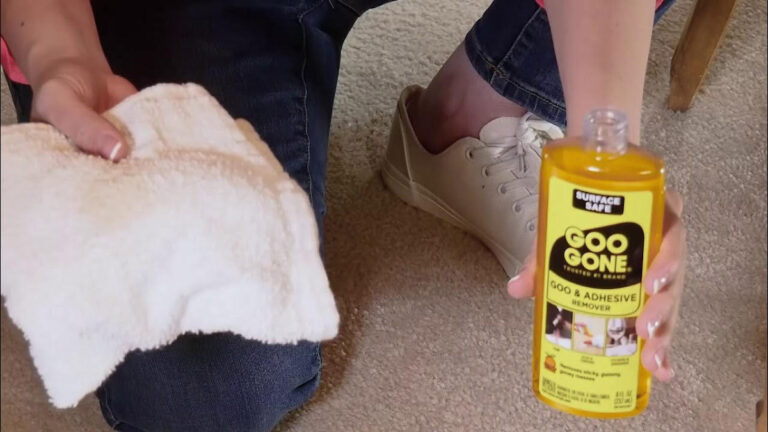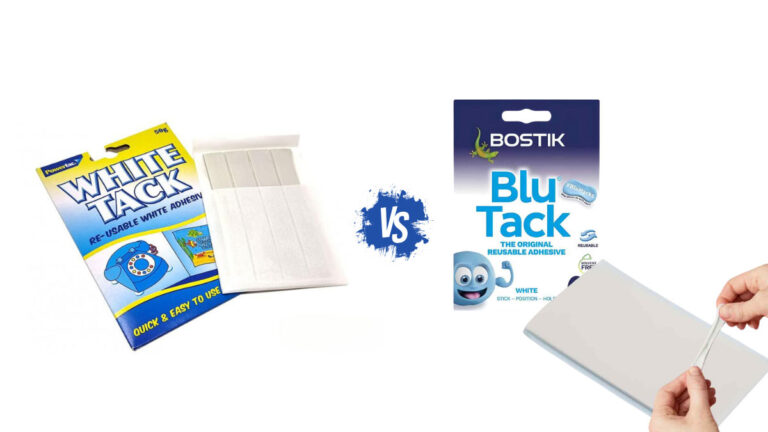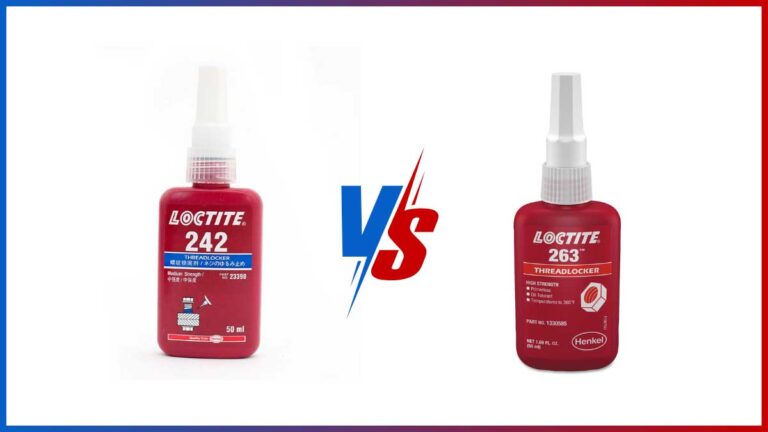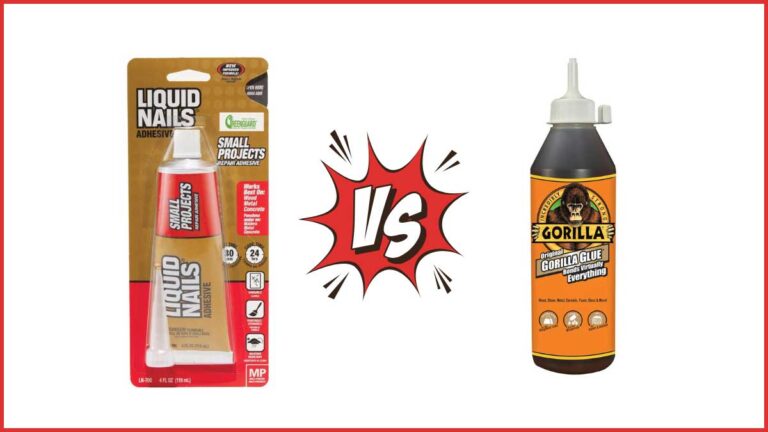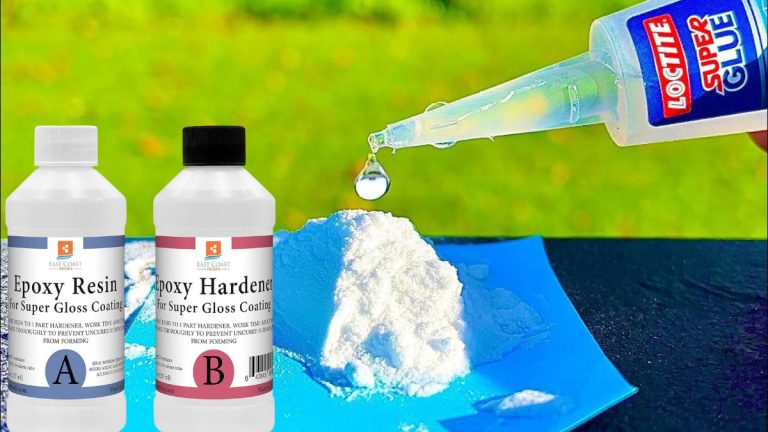Is Goo Gone Flammable: Comprehensive Safety Guide
Ever found yourself wrestling with a sticky mess and reaching for that trusty bottle of Goo Gone? It’s a lifesaver for removing adhesives, grease, and grime, but have you ever wondered if it’s flammable? Understanding the safety aspects of the products you use is crucial, especially when dealing with chemicals.
In this text, you’ll discover whether Goo Gone poses any fire hazards and how to use it safely. Knowing these details can help you avoid accidents and ensure that your cleaning tasks don’t lead to unexpected dangers. So, let’s jump into the facts and clear up any confusion about Goo Gone’s flammability.
Key Takeaways
- Flammability Risk: Goo Gone is flammable in its liquid form, primarily due to its petroleum distillates and D-Limonene content. After evaporation, it becomes non-flammable.
- Safety Precautions: Handle Goo Gone with care by keeping it away from open flames, hot surfaces, and ensuring good ventilation during use.
- Storage Guidelines: Store Goo Gone in a cool, dry place away from direct sunlight and potential ignition sources; keep containers tightly closed.
- Effective Use: Goo Gone excels in removing adhesives, grease, and grime, but always follow safety guidelines to prevent accidents.
- User Reviews: Many users appreciate its effectiveness but stress the importance of safety due to its flammability. Protective gear and proper ventilation are commonly recommended.
- Comparison with Alternatives: Compared to similar products like WD-40 and 3M Adhesive Remover, Goo Gone offers a balanced approach, becoming non-flammable after evaporation.
Chemical Composition
Understanding the chemical makeup of Goo Gone helps you grasp why it’s flammable. The primary components contribute to both its effectiveness and its potential hazards.
Key Components
- Petroleum Distillates, Hydrotreated Light
- Concentration: 60-100%
- CAS Number: 64742-47-8
- Details: This solvent facilitates the removal of sticky residues. At high concentrations, it significantly influences the flammability of Goo Gone.
- D-Limonene
- Concentration: 1-5%
- CAS Number: 5989-27-5
- Details: Derived from citrus fruit peels, D-Limonene offers a pleasant scent and helps dissolve adhesives. Even though its lower concentration, it also contributes to flammability.
- Orange, Sweet, Extract
- Concentration: 0.5-1.5%
- CAS Number: 8028-48-6
- Details: Adds a natural fragrance, enhancing user experience. This component has minimal impact on flammability but creates potential sensitization issues.
Component Details Table
| Component | CAS Number | Concentration (%) | Flammability Contribution |
|---|---|---|---|
| Petroleum Distillates, Hydrotreated Light | 64742-47-8 | 60-100 | High |
| D-Limonene | 5989-27-5 | 1-5 | Moderate |
| Orange, Sweet, Extract | 8028-48-6 | 0.5-1.5 | Low |
- Handle with Care: Given its high concentration of petroleum distillates, Goo Gone must be used with strict safety measures.
- Avoid Ignition Sources: Keep it away from open flames and hot surfaces.
- Use in Well-Ventilated Areas: Prevent inhalation of fumes by ensuring proper ventilation.
This information underscores the importance of understanding Goo Gone’s chemical properties to use it safely and effectively.
Flammability Concerns
Goo Gone, known for its adhesive removal properties, raises important safety questions, particularly about its flammability. Understanding these concerns helps ensure you use the product safely.
Is Goo Gone Flammable?
Yes, Goo Gone is flammable in its liquid state. Key points from the safety data sheets include:
- Goo Gone Pro Power: Classified as a flammable liquid. It can form flammable or explosive vapor-air mixtures. It’s unsuitable near heat, sparks, open flames, or other ignition sources.
- Goo Gone Goo & Adhesive Remover: Extremely flammable and contains gas under pressure. This can explode if heated.
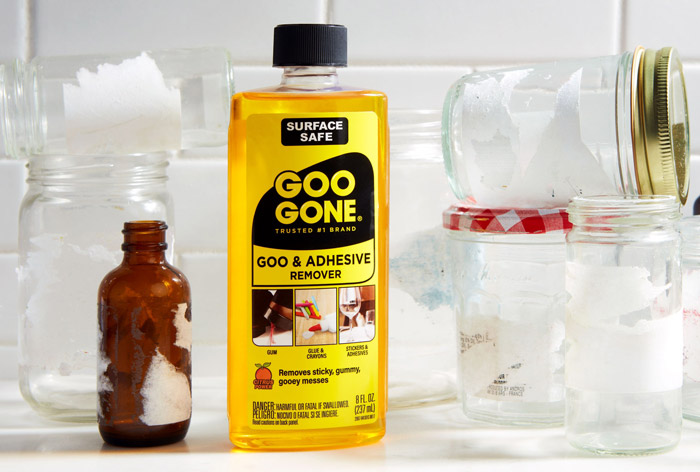
Safety Precautions
Follow these safety precautions to use Goo Gone safely:
- Handling: Handle and open the container with care. Avoid contact with skin and eyes. Do not eat, drink, or smoke while using the product.
- Ventilation: Use the product outdoors or in a well-ventilated area.
How To Store Goo Gone Safely
Proper storage enhances safety and product longevity. Here are storage recommendations:
- Location: Store in a cool, dry place away from direct sunlight and any ignition sources.
- Containment: Keep the container tightly closed and stored upright to prevent leaks.
Understanding these aspects ensures you handle and store Goo Gone safely, mitigating flammability risks.
Summary
Take these safety precautions and storage methods seriously to use Goo Gone effectively and safely.
Comparing Goo Gone To Similar Products
When you need an effective adhesive remover, you often consider multiple products. This section compares Goo Gone to similar options, highlighting their flammability and other crucial aspects.
Goo Gone
Goo Gone
- Main Ingredients: Petroleum Distillates, Hydrotreated Light (60-100%), D-Limonene (1-5%), Sweet Orange Extract (0.5-1.5%)
- Flammability: Flammable in liquid form, non-flammable after evaporation
- Usage: Effective for removing adhesives, gum, tar, and more
- Hazard Classification: Flammable Liquid 4
Alternative Products
WD-40
- Main Ingredients: Aliphatic Petroleum Distillates, Carbon Dioxide (propellant)
- Flammability: Extremely flammable aerosol; can ignite if exposed to heat or flames
- Usage: Lubricates, protects metal, penetrates stuck parts, and removes adhesives
- Hazard Classification: Flammable Aerosol
3M Adhesive Remover
- Main Ingredients: Hydrocarbons, Acetone
- Flammability: Highly flammable; should be kept away from heat sources
- Usage: Effective on adhesive residue, grease, and grime
- Hazard Classification: Flammable Liquid 2
Goo Gone vs. Alternatives
Ingredients
The table summarizes the primary ingredients of each product:
| Product | Main Ingredients |
|---|---|
| Goo Gone | Petroleum Distillates, D-Limonene, Sweet Orange Extract |
| WD-40 | Aliphatic Petroleum Distillates, Carbon Dioxide |
| 3M Adhesive Remover | Hydrocarbons, Acetone |
Flammability Comparison
The table outlines the flammability levels of each product:
| Product | Flammability |
|---|---|
| Goo Gone | Flammable in liquid state |
| WD-40 | Extremely flammable |
| 3M Adhesive Remover | Highly flammable |
Usage Scenarios
- Goo Gone: Best suited for removing sticky residues from various surfaces.
- WD-40: Ideal for lubrication, rust protection, and removing adhesives.
- 3M Adhesive Remover: Highly effective for removing tough residue, grease, and grime.
Hazard Classifications
The table highlights the hazard classifications of each product:
| Product | Hazard Classification |
|---|---|
| Goo Gone | Flammable Liquid 4 |
| WD-40 | Flammable Aerosol |
| 3M Adhesive Remover | Flammable Liquid 2 |
Summary
When choosing an adhesive remover, consider the specific usage, flammability risk, and ingredient composition. Goo Gone offers a balance between effectiveness and safety, becoming non-flammable after evaporation. WD-40 is versatile but highly flammable in its aerosol state, and 3M Adhesive Remover is powerful but operates under significant flammability constraints. Select based on your exact needs and always adhere to safety guidelines.
User Reviews On Flammability
When evaluating user experiences, flammability often stands out as a primary concern for Goo Gone. Here’s a detailed look at what users have to say.
User Sentiments
Mixed Reactions:
- Positive Feedback: Many users appreciate Goo Gone’s effectiveness in removing stubborn residues and adhesives. They often mention its ease of use and quick results.
- Safety Concerns: On the other hand, users frequently express concern about the product’s flammability. Several reviews highlight experiences of accidental splashes near open flames leading to minor incidents. But, they also mention that once the product evaporates, the residue isn’t flammable, consistent with its SDS.
Precautionary Measures
Common Practices:
- Ventilation: Users recommend using Goo Gone in well-ventilated areas to minimize inhalation risks and reduce flammability hazards.
- Distance from Ignition Sources: Many advise keeping the product away from heat, hot surfaces, sparks, and open flames, as outlined in the safety guidelines.
Equipment Usage:
- Protective Gear: Some users suggest wearing gloves and eye protection when handling Goo Gone, especially in larger quantities.
- Proper Storage: Storing Goo Gone in cool, dry places away from direct sunlight and ensuring containers are sealed tightly reduces fire risks.
Incident Reports
First-Hand Accounts:
- Minor Fires: A few reviews report small fires when Goo Gone came into contact with combustibles, underscoring the need for caution.
- Safe After Evaporation: Users note that after the liquid evaporates, the remaining residue no longer poses a flammable threat. This aligns with the product’s safety data.
Overall Impressions
While Goo Gone is valued for its effectiveness, user reviews reiterate the importance of adhering to safety practices to manage its flammability. Ensuring proper ventilation and maintaining a safe distance from ignition sources can prevent accidents, allowing users to leverage the product’s benefits without compromising safety.
Summary
User feedback emphasizes the efficacy of Goo Gone in removing adhesives but cautions against its flammable nature. Following recommended safety protocols and being aware of its properties can help you use the product effectively and safely.
Conclusion
Understanding the flammability of Goo Gone is crucial for safe and effective use. While it’s an excellent adhesive remover, its flammable nature requires careful handling. Always use it in well-ventilated areas and store it properly to minimize risks. By following safety precautions, you can enjoy the benefits of Goo Gone without compromising your safety. Remember to compare it with other products to find the best fit for your needs and always prioritize safety when dealing with any chemical products.
Frequently Asked Questions
Is Goo Gone flammable?
Yes, Goo Gone is flammable in its liquid state. Specific products, like Goo Gone Pro Power and Goo Gone Goo & Adhesive Remover, are classified as extremely flammable. Use caution and avoid exposure to open flames.
What are the main components of Goo Gone?
Goo Gone primarily contains Petroleum Distillates, Hydrotreated Light (60-100%), D-Limonene (1-5%), and Sweet Orange Extract (0.5-1.5%). These ingredients contribute to its effectiveness and flammability.
How should I safely store Goo Gone?
Store Goo Gone in a cool, dry place, away from ignition sources. Ensure the container is tightly closed and stored upright. Proper storage enhances safety and reduces flammability risks.
What safety precautions should be followed when using Goo Gone?
Use Goo Gone in well-ventilated areas and handle it carefully. Avoid contact with skin and eyes, and keep it away from flames. Wear protective gear as necessary to mitigate risks.
Can Goo Gone be used safely near an open flame?
No, Goo Gone should not be used near an open flame due to its flammability. Use the product in a well-ventilated area and away from any ignition sources to prevent fire hazards.
How does Goo Gone compare to other adhesive removers in terms of flammability?
Goo Gone is flammable in liquid form but non-flammable after evaporation. WD-40 is an extremely flammable aerosol, and 3M Adhesive Remover is highly flammable. Always exercise caution when using any adhesive remover.
What do users say about the effectiveness of Goo Gone?
Users generally appreciate Goo Gone’s effectiveness in removing stubborn residues but express concerns about its flammability. Recommendations include using it in well-ventilated areas, away from ignition sources, and with protective gear.
Has there been any incidents reported due to Goo Gone’s flammability?
Yes, there have been minor fire incidents reported due to accidental contact with combustibles. Adhering to safety practices is essential to prevent such incidents and ensure safe use.
Can I use Goo Gone on my stove top?
Yes, Goo Gone Kitchen Degreaser is safe for use on most sealed stones, glass, metals, and ceramics in the kitchen, including stove tops. Ensure the product is used as directed for effective and safe cleaning.

